Home>Furniture & Design>Bathroom Accessories>How To Make Wood Deck Non-Slip
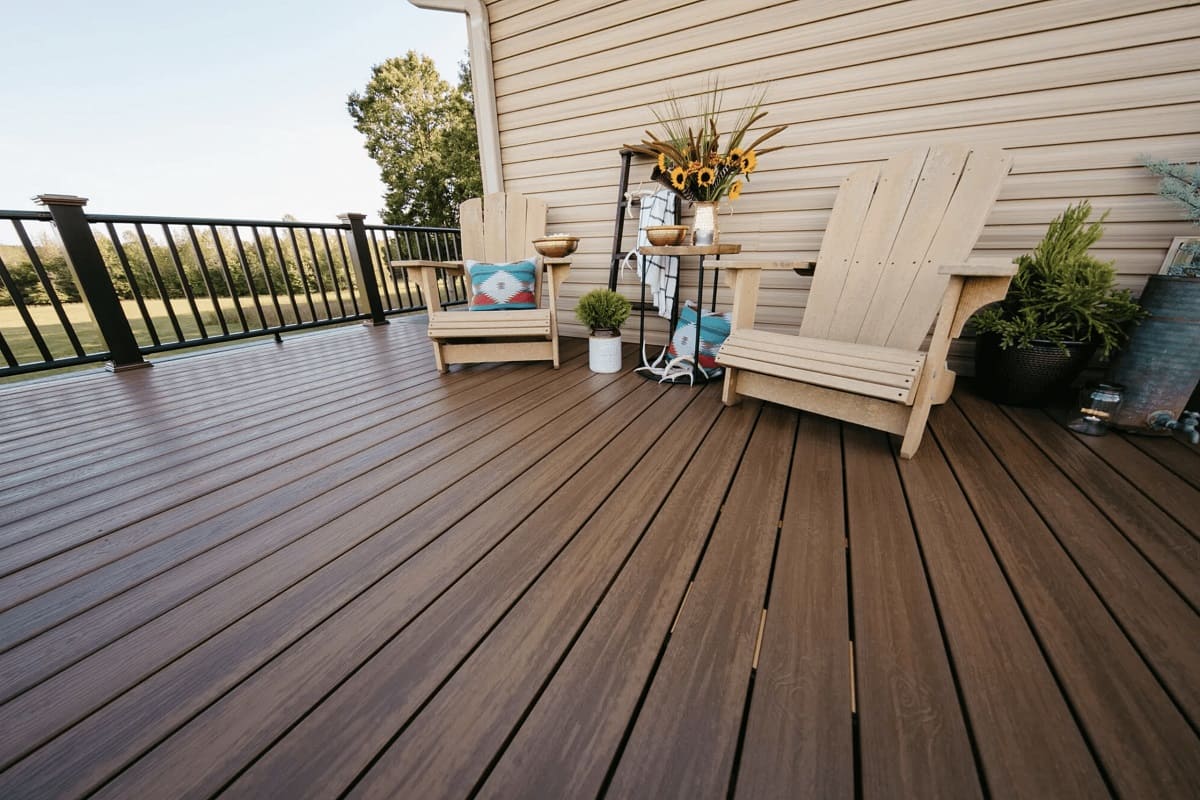

Bathroom Accessories
How To Make Wood Deck Non-Slip
Modified: February 18, 2024
Learn how to make your wood deck non-slip with our top bathroom accessories. Create a safer outdoor space with these easy tips and products.
(Many of the links in this article redirect to a specific reviewed product. Your purchase of these products through affiliate links helps to generate commission for Storables.com, at no extra cost. Learn more)
Introduction
A wood deck is a beautiful and functional addition to any outdoor space, providing a perfect spot for relaxation, entertainment, and enjoying the natural surroundings. However, one common concern with wood decks is the potential for slips and falls, especially in wet or high-traffic areas. To address this issue, it's essential to make wood decks non-slip to ensure safety and peace of mind for everyone who uses the space.
Creating a non-slip wood deck involves various techniques and products designed to enhance traction and minimize the risk of accidents. Whether you're a homeowner looking to improve the safety of your deck or a professional contractor seeking effective solutions for clients, understanding the importance of non-slip wood decks and the steps involved in achieving this goal is crucial.
In this comprehensive guide, we will delve into the intricacies of making wood decks non-slip, exploring the significance of this endeavor, the different non-slip coating and treatment options available, the application process, and the essential maintenance practices to uphold the non-slip properties over time. By the end of this article, you will have a clear understanding of how to transform your wood deck into a safe, slip-resistant surface without compromising its aesthetic appeal.
Ensuring that your wood deck is non-slip is not only a matter of practicality but also a demonstration of care for the well-being of those who frequent the outdoor space. Whether it's preventing accidental slips during family gatherings, barbecues, or casual strolls on the deck, the implementation of non-slip measures contributes to a secure and enjoyable environment for everyone.
Now, let's delve into the details of creating a non-slip wood deck, from selecting the right non-slip coating or treatment to the application process and long-term maintenance. By the end of this guide, you'll be equipped with the knowledge and insights to transform your wood deck into a safe and inviting outdoor haven.
Key Takeaways:
- Making a wood deck non-slip is crucial for safety, preventing accidents, and preserving the deck’s durability. It involves choosing the right non-slip product, applying it carefully, and maintaining it regularly.
- By prioritizing non-slip measures, homeowners and property managers create a secure and welcoming outdoor space for everyone to enjoy. It’s a proactive way to show care for the well-being of deck users.
Read more: How To Make A Wood Ramp Non-Slip
Understanding the Importance of Non-Slip Wood Decks
The importance of ensuring that a wood deck is non-slip cannot be overstated. A non-slip wood deck is essential for maintaining a safe and secure outdoor environment, particularly in areas where the deck is exposed to moisture, such as rain, dew, or pool water. Without proper traction, the risk of slips and falls increases significantly, posing potential hazards to anyone using the deck.
Wood decks are inherently prone to becoming slippery when wet, making them potentially hazardous, especially for children, the elderly, and pets. Additionally, high-traffic areas on the deck, such as entryways and gathering spaces, are particularly susceptible to becoming slippery over time. This can lead to accidents and injuries, detracting from the enjoyment and relaxation that a wood deck is meant to provide.
By making a wood deck non-slip, homeowners and property managers can create a safer environment for various activities, including social gatherings, outdoor dining, and leisurely strolls. This proactive approach to safety not only minimizes the risk of accidents but also instills confidence and peace of mind in those using the deck.
Furthermore, the importance of non-slip wood decks extends to the preservation of the deck's structural integrity. Slips and falls can result in damage to the wood, as well as potential liability issues for property owners. Implementing non-slip measures helps protect the deck from wear and tear caused by accidents, thereby contributing to its longevity and minimizing the need for repairs or replacements.
In summary, the significance of non-slip wood decks lies in their ability to enhance safety, prevent accidents, and preserve the structural integrity of the deck. By prioritizing non-slip solutions, homeowners and property managers can create a secure and welcoming outdoor space for all to enjoy, free from the potential hazards associated with slippery surfaces.
Choosing the Right Non-Slip Coating or Treatment
Selecting the appropriate non-slip coating or treatment for a wood deck is a critical step in the process of enhancing its safety and traction. With a wide array of products available, it's essential to consider various factors to ensure that the chosen solution effectively addresses the specific needs of the deck and its users.
Consider the Deck Material
The first consideration when choosing a non-slip coating or treatment is the type of wood used for the deck. Different wood species have unique characteristics, such as grain patterns and porosity, which can influence the compatibility and effectiveness of non-slip products. For example, a non-slip solution suitable for a smooth, dense hardwood deck may not yield the same results on a softer, more porous wood surface. Understanding the deck material is crucial for selecting a non-slip product that can adhere effectively and provide long-lasting traction.
Evaluate Durability and Longevity
When exploring non-slip coatings or treatments, it's important to assess their durability and longevity. The selected product should withstand outdoor elements, including UV exposure, moisture, and foot traffic, without deteriorating or losing its non-slip properties over time. Additionally, considering the ease of reapplication or maintenance can contribute to the long-term effectiveness of the non-slip solution.
Read more: What Makes Non-Slip Shoes Non-Slip
Review Traction Enhancement Methods
Non-slip coatings and treatments employ various traction enhancement methods, such as textured additives, grit, or specialized compounds designed to create a non-slip surface. Understanding the different traction enhancement techniques and their suitability for the deck's usage and aesthetic preferences is essential. For instance, some products offer a subtle, barely noticeable texture, while others provide a more pronounced non-slip surface. Evaluating these options in the context of the deck's design and intended use can guide the selection process.
Environmental and Health Considerations
Environmental and health considerations are also paramount when choosing a non-slip coating or treatment. Opting for products that are eco-friendly, low in volatile organic compounds (VOCs), and safe for humans, pets, and plants aligns with sustainable and responsible deck maintenance practices. Additionally, selecting non-toxic solutions contributes to a healthier outdoor environment and minimizes potential risks associated with chemical exposure.
Seek Professional Recommendations
For homeowners and property managers seeking expert guidance, consulting with professionals in the field of deck maintenance and non-slip solutions can provide valuable insights. Professionals can offer recommendations based on the specific characteristics of the wood deck, local climate conditions, and anticipated usage patterns, ensuring that the chosen non-slip coating or treatment aligns with the deck's unique requirements.
By carefully considering the deck material, durability, traction enhancement methods, environmental impact, and seeking professional advice, individuals can make informed decisions when choosing the right non-slip coating or treatment for their wood deck. This thoughtful approach sets the foundation for effectively enhancing the safety and usability of the deck while preserving its natural beauty.
Applying Non-Slip Coating or Treatment to Wood Deck
Once the appropriate non-slip coating or treatment has been selected for the wood deck, the next crucial step is the application process. Proper application is essential to ensure the effectiveness and longevity of the non-slip solution, as well as to maintain the deck's aesthetic appeal. Here's a detailed overview of the steps involved in applying non-slip coating or treatment to a wood deck:
Read more: How To Make Stairs Non-Slip
1. Surface Preparation
Before applying the non-slip coating or treatment, thorough surface preparation is imperative. This involves cleaning the deck to remove dirt, debris, mold, mildew, and any existing coatings or finishes. A pressure washer or deck cleaner can be used to achieve a clean, bare wood surface, free from any contaminants that could hinder the adhesion of the non-slip product.
2. Drying Time
After cleaning the deck, allowing sufficient time for the wood to dry completely is crucial. Depending on the climate and weather conditions, this may take a few days to ensure that the wood is devoid of moisture. Applying non-slip coatings or treatments to damp or wet wood can compromise adhesion and result in an uneven finish.
3. Application Method
The method of applying the non-slip coating or treatment depends on the specific product chosen. Some products may be rolled on, while others are sprayed or brushed onto the wood surface. Following the manufacturer's instructions regarding application techniques, coverage rates, and drying times is essential to achieve optimal results.
4. Even Application
Ensuring an even application of the non-slip product is critical for consistent traction and visual appeal. Careful attention should be given to avoid pooling or uneven distribution of the coating or treatment, which can lead to variations in the non-slip surface and compromise its effectiveness.
Read more: How To Make Slippers Non-Slip
5. Multiple Coats (if applicable)
Certain non-slip coatings or treatments may require multiple coats to achieve the desired level of traction and durability. Adhering to the recommended number of coats and allowing adequate drying time between applications is essential for maximizing the non-slip properties and overall performance of the product.
6. Drying and Curing
After the application of the non-slip coating or treatment, allowing ample time for drying and curing is essential. This period is crucial for the product to bond with the wood surface and develop its non-slip properties effectively. Factors such as temperature, humidity, and ventilation can influence the drying and curing process.
7. Post-Application Inspection
Once the non-slip coating or treatment has dried and cured, conducting a thorough inspection of the deck surface is recommended. This inspection ensures that the application is uniform, free from imperfections, and meets the desired non-slip requirements. Any touch-ups or corrections can be addressed at this stage to achieve a consistent and reliable non-slip surface.
By following these steps and adhering to the specific guidelines provided by the chosen non-slip product, individuals can effectively apply the coating or treatment to their wood deck, creating a safe and secure outdoor space for all to enjoy. Proper application not only enhances the non-slip properties of the deck but also contributes to its overall longevity and visual appeal.
Maintaining Non-Slip Wood Deck for Longevity
Sustaining the non-slip properties of a wood deck is essential for ensuring long-term safety and usability. Proper maintenance practices not only preserve the effectiveness of the non-slip coating or treatment but also contribute to the overall longevity and aesthetic appeal of the deck. Here's a detailed guide on maintaining a non-slip wood deck for optimal durability and performance:
Read more: How To Make Non-Slip Paint
Regular Cleaning
Regularly cleaning the non-slip wood deck is fundamental to preventing the buildup of dirt, debris, and organic matter that can compromise traction and create slippery conditions. Using a gentle deck cleaner and a soft-bristle brush or mop, homeowners can remove surface contaminants without damaging the non-slip coating or treatment. Additionally, addressing spills and stains promptly can prevent them from becoming potential slip hazards.
Periodic Inspections
Conducting periodic inspections of the wood deck allows homeowners to identify any signs of wear, damage, or deterioration of the non-slip surface. Inspecting for areas with reduced traction, peeling, or uneven wear enables timely intervention to address these issues before they escalate. Furthermore, checking for loose boards, protruding nails, or other structural concerns contributes to the overall safety and integrity of the deck.
Recoating or Retreatment
Over time, the non-slip coating or treatment on a wood deck may experience wear due to foot traffic, weather exposure, and general use. As part of maintenance, homeowners should consider recoating or retreating the deck with the chosen non-slip product according to the manufacturer's recommendations. This proactive approach ensures that the non-slip properties are consistently maintained, providing reliable traction and safety for all deck users.
Seasonal Considerations
Adapting maintenance practices to seasonal changes is crucial for preserving the non-slip wood deck. For instance, in regions with harsh winters, removing snow and ice promptly using non-abrasive methods helps prevent the formation of slippery surfaces. Similarly, in humid climates, addressing mold and mildew growth through regular cleaning and ventilation contributes to sustaining the non-slip qualities of the deck.
Read more: How To Make Socks Non-Slip
Protective Measures
Implementing protective measures, such as using furniture pads and avoiding dragging heavy objects across the deck, minimizes the risk of abrasions and damage to the non-slip surface. Additionally, encouraging the use of footwear with non-marking soles and providing designated entryway mats can help reduce the potential for debris and contaminants to compromise the non-slip properties of the deck.
By integrating these maintenance practices into their routine, homeowners can uphold the non-slip qualities of their wood deck, ensuring its longevity and safety for years to come. Consistent care and attention to the non-slip surface not only enhance the usability of the deck but also reflect a commitment to creating a secure and inviting outdoor environment.
Conclusion
In conclusion, the process of making a wood deck non-slip is a multifaceted endeavor that encompasses both practical and safety considerations. By understanding the importance of non-slip wood decks and the potential hazards associated with slippery surfaces, homeowners and property managers can proactively address safety concerns while preserving the aesthetic appeal and functionality of their outdoor spaces.
Choosing the right non-slip coating or treatment is a pivotal decision that hinges on factors such as the deck material, durability, traction enhancement methods, and environmental impact. By carefully evaluating these aspects and seeking professional recommendations when necessary, individuals can make informed choices that align with the unique characteristics and usage patterns of their wood decks.
The application of non-slip coating or treatment to a wood deck requires meticulous attention to detail, from surface preparation and even application to drying and curing. Following the recommended guidelines and techniques ensures that the non-slip solution adheres effectively and delivers consistent traction, contributing to a safe and secure outdoor environment for all deck users.
Furthermore, the maintenance of a non-slip wood deck is essential for upholding its longevity and safety. Regular cleaning, periodic inspections, recoating or retreating as needed, and adapting maintenance practices to seasonal variations are integral to preserving the non-slip properties and structural integrity of the deck.
Ultimately, the transformation of a wood deck into a non-slip surface not only mitigates the risk of accidents and injuries but also fosters a welcoming and secure outdoor space for leisure, entertainment, and relaxation. By prioritizing non-slip measures, individuals demonstrate a commitment to the well-being of those who enjoy the deck while safeguarding the investment in their outdoor living areas.
In essence, the journey of making a wood deck non-slip encompasses thoughtful decision-making, meticulous application, and consistent maintenance, all of which culminate in the creation of a safe, resilient, and inviting outdoor haven. Embracing the principles of safety and proactive care, individuals can enjoy their wood decks with confidence, knowing that they have taken the necessary steps to ensure a secure and enjoyable outdoor experience for themselves and their guests.
Frequently Asked Questions about How To Make Wood Deck Non-Slip
Was this page helpful?
At Storables.com, we guarantee accurate and reliable information. Our content, validated by Expert Board Contributors, is crafted following stringent Editorial Policies. We're committed to providing you with well-researched, expert-backed insights for all your informational needs.
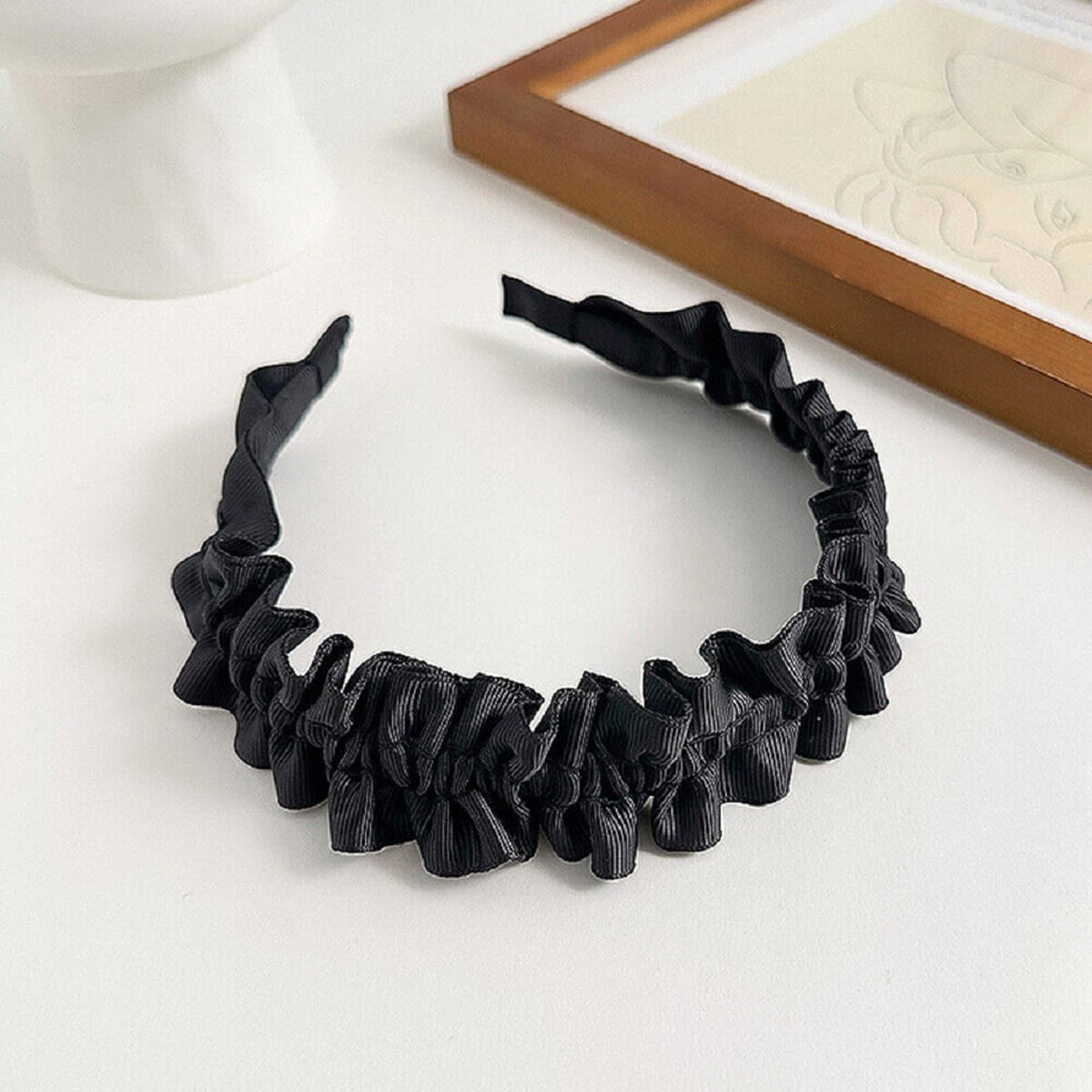
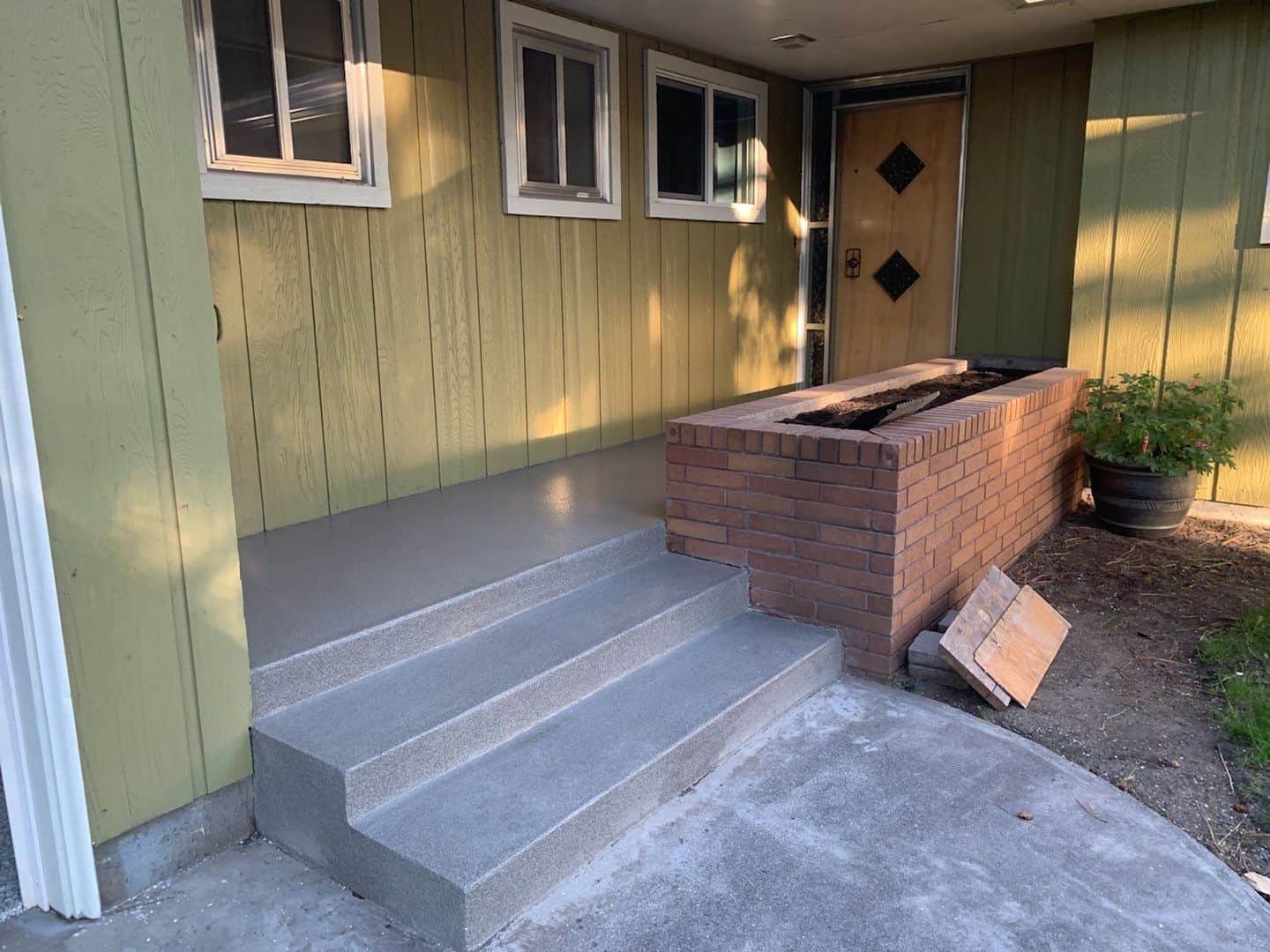
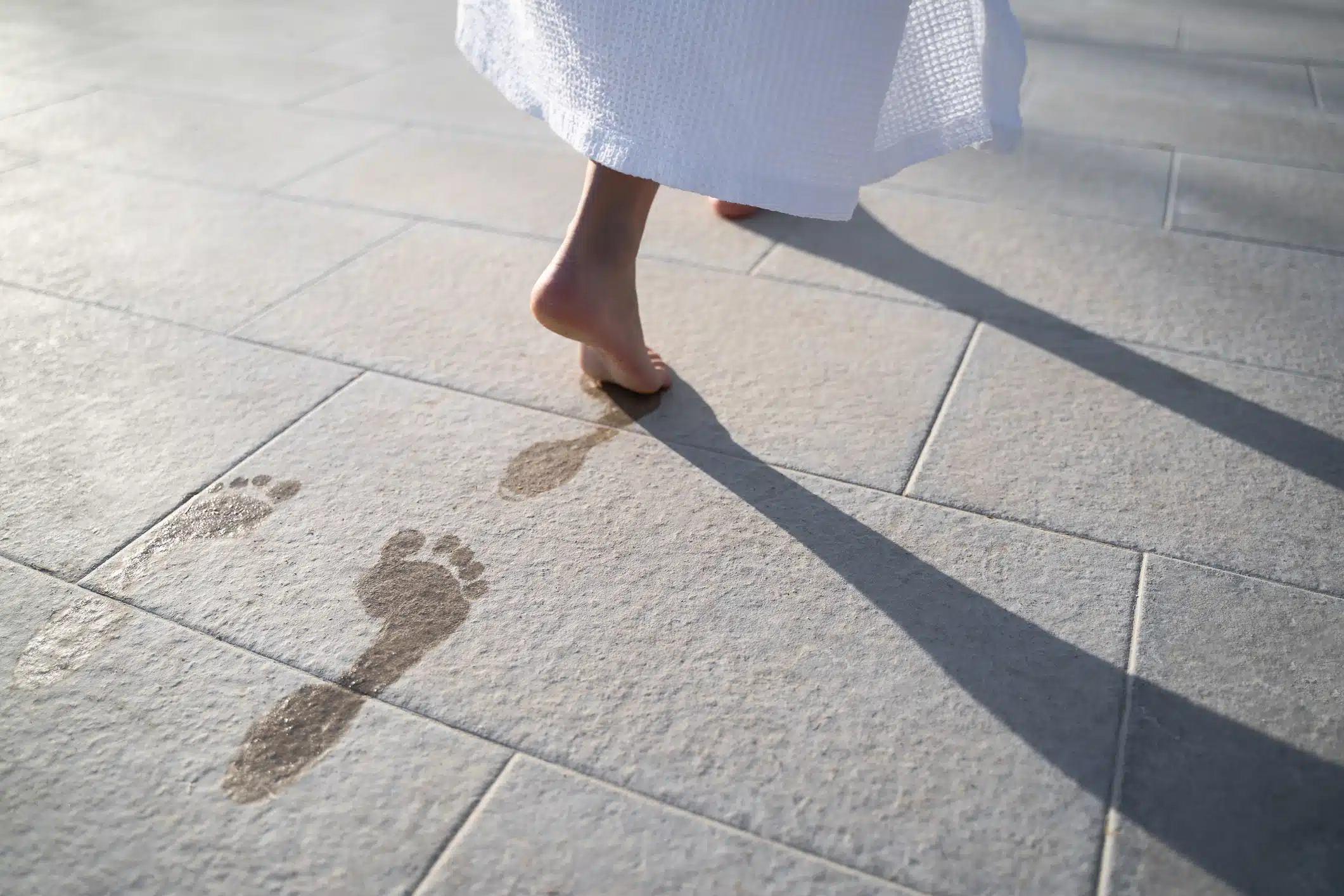
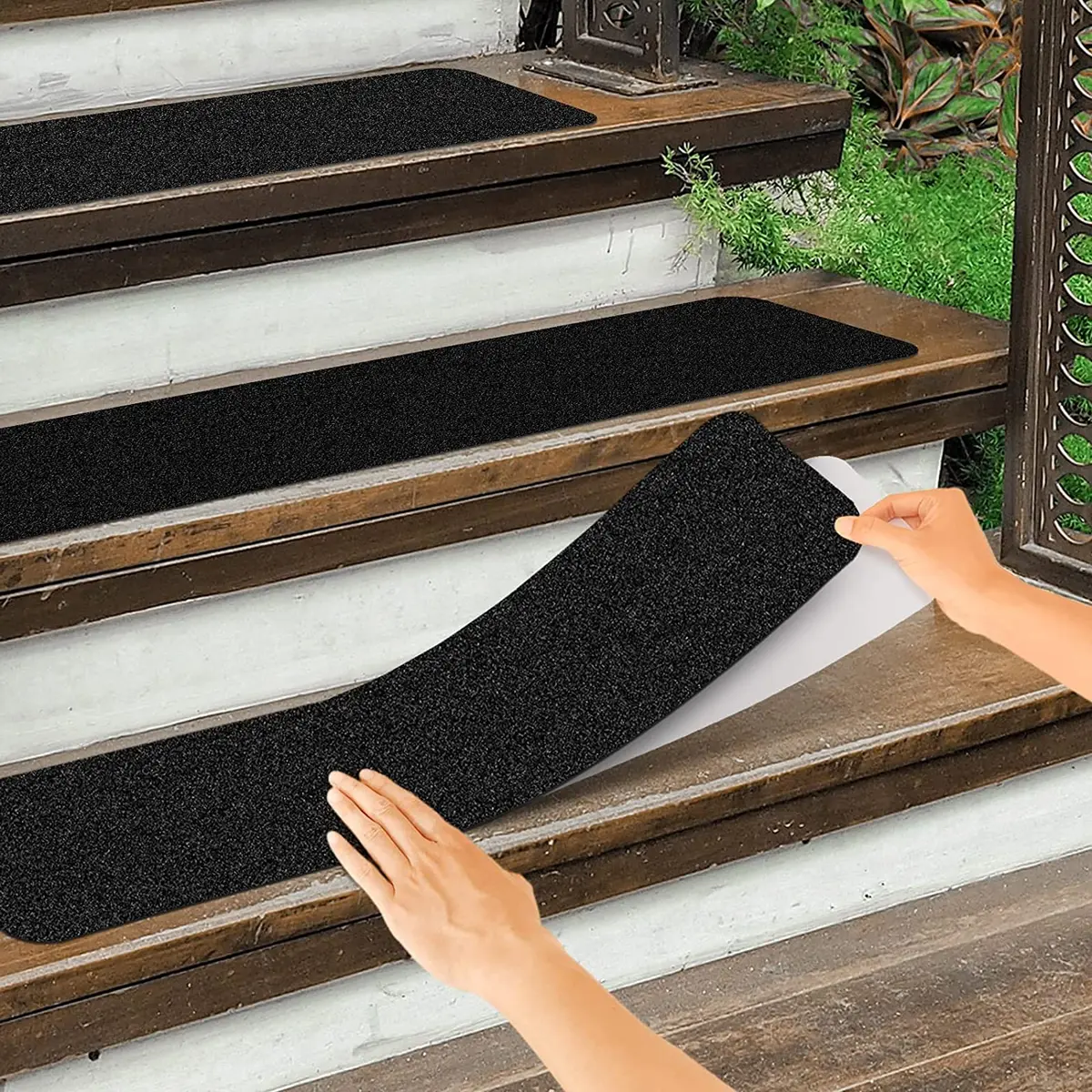
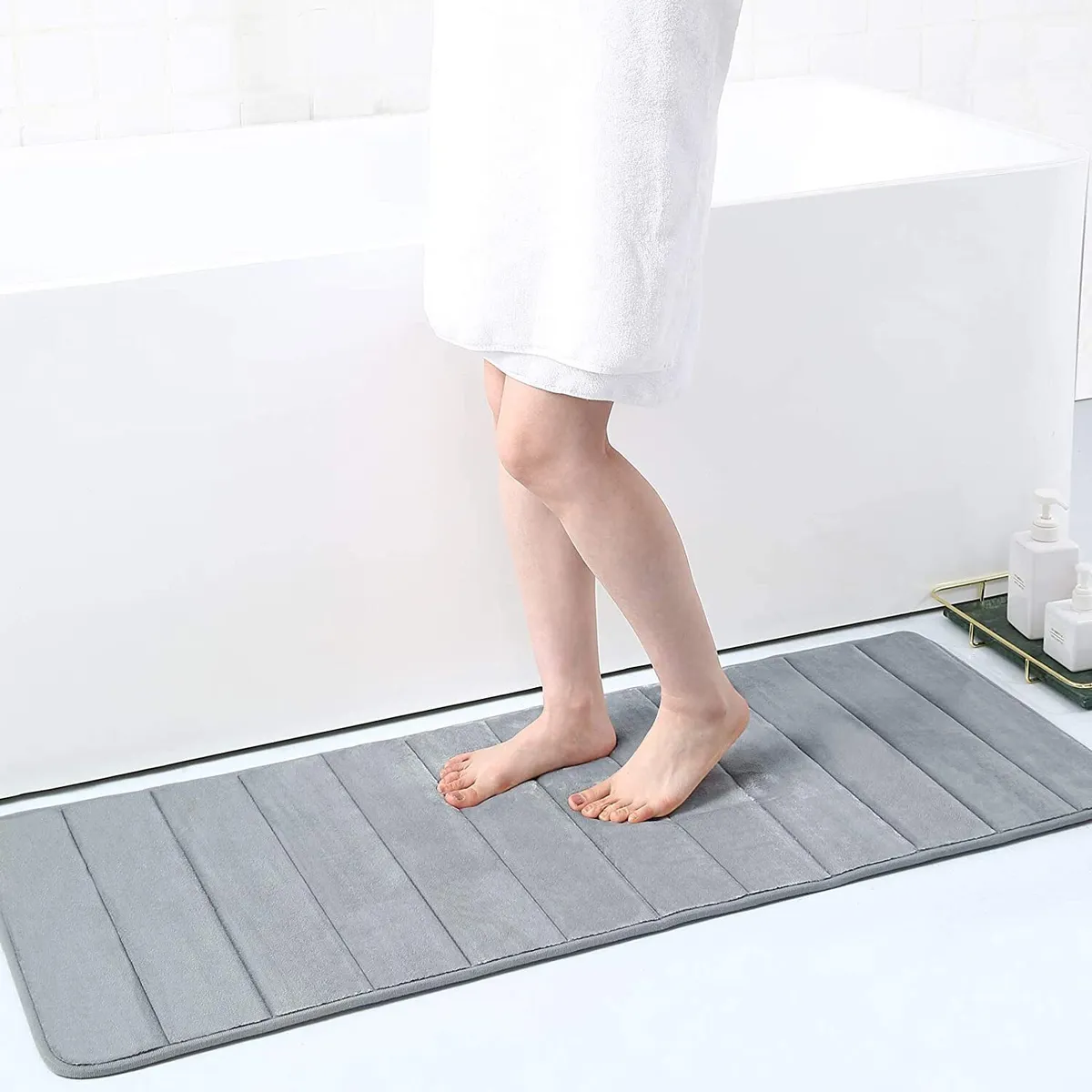

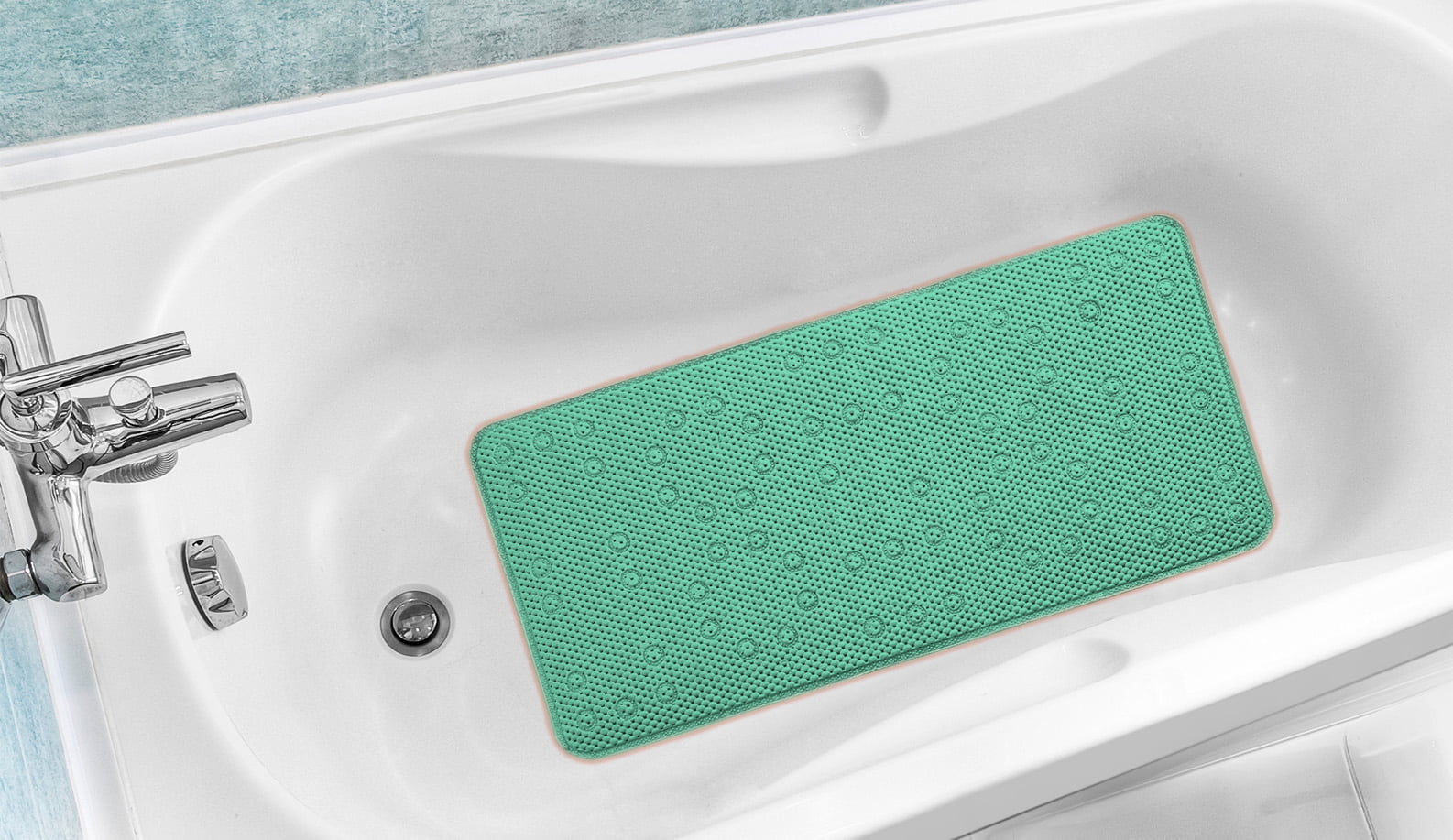

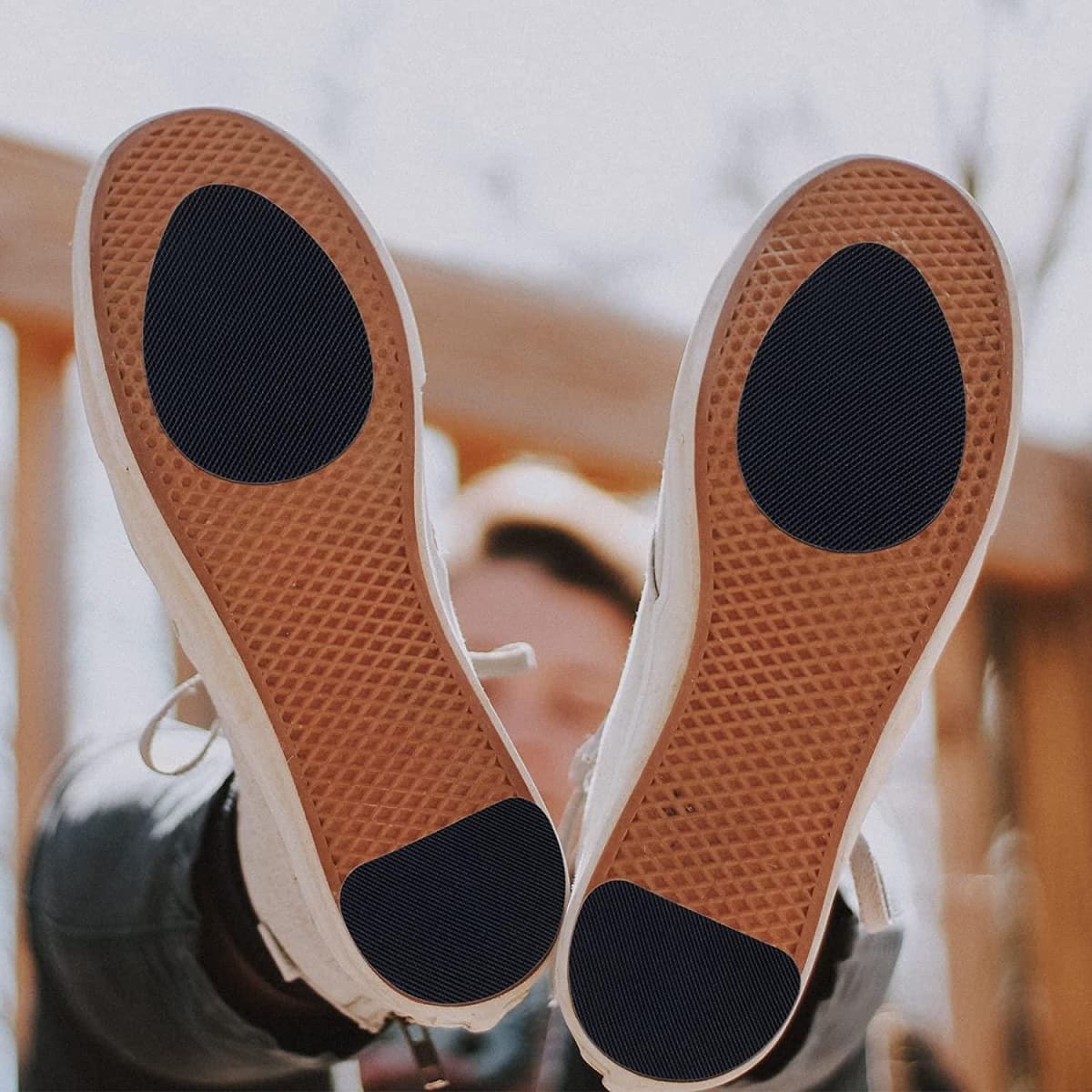
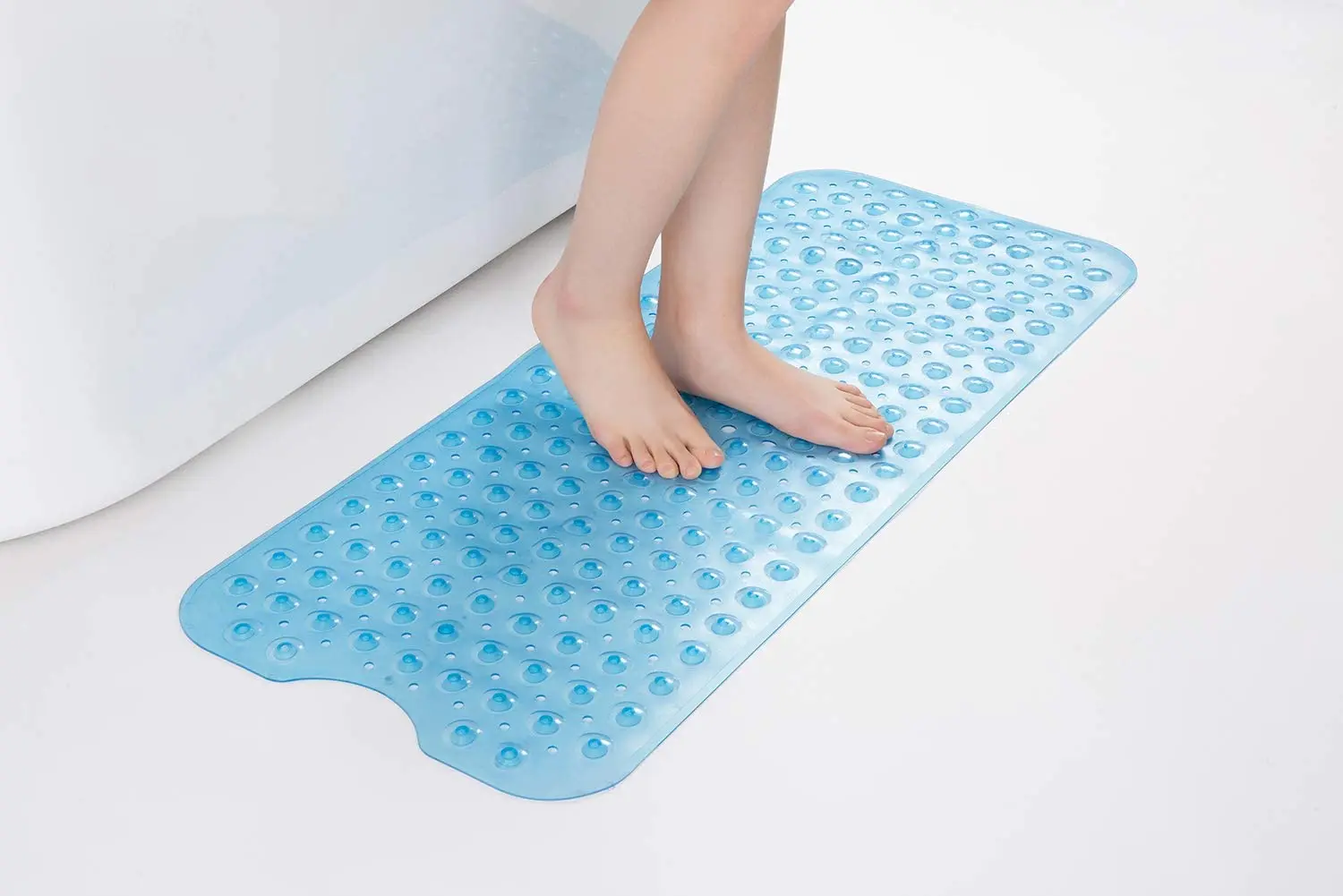

0 thoughts on “How To Make Wood Deck Non-Slip”